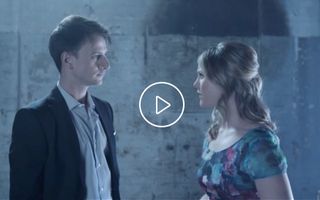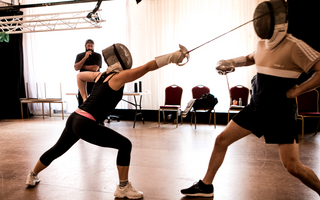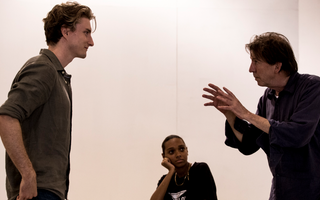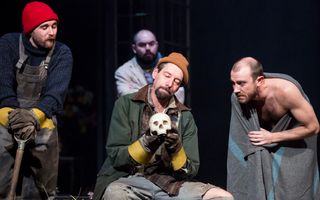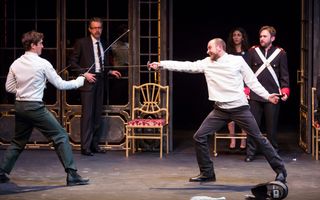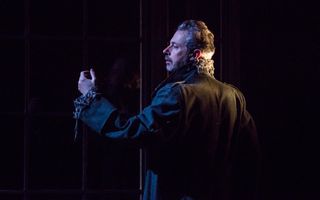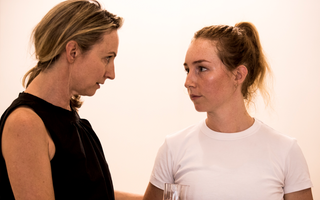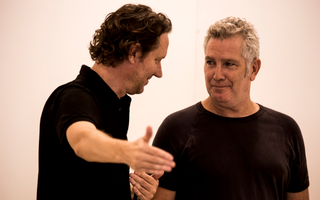 On Stage
On Stage
Shakespeare borrowed most of his plots from existing plays, novels or stories, fusing them with real events happening in his world – political change, religious division, war, morality.
Consequently, hundreds of modern scripts have built directly on Shakespeare’s plays, adapting, reworking and commenting on them. Approaching a scene from a Shakespeare play and rewriting or adapting it is a very effective way to develop a deeper understanding of how the scene works. In this task, you will analyse and re-imagine one of the most dramatic scenes in Hamlet and produce a contemporary script that captures the central tensions and ideas of the original scene.
Choose and carefully read ONE of the following scenes using only the section prescribed:
- Act 1 Scene 5:1-111: The Ghost and Hamlet
- Act 2 Scene 2:215-290: Hamlet meets Rosencrantz and Guildenstern
- Act 3 Scene 1:90-155: Hamlet and Ophelia
- Act 3 Scene 4:1-100: Hamlet with Gertrude and Polonius
- Act 4 Scene 5:20-195: Ophelia’s madness
Makes notes on the following:
- What is the major conflict? Be specific about what each character ‘wants’.
- How does the relationship between the characters change by the scene’s end?
- In what moments does Shakespeare use strong imagery and antithesis. Why? What effect might he wish to have on the audience in that moment?
- What is the setting of the scene and what possibilities does that offer you?
- Who drives the pace of the scene and does the driver change?
- What is unsaid? What important information do they conceal from each other?
- What is at stake for the characters?
- What excites you about the scene? Why does it interest you?
The Task
1. Write a contemporary version of the scene. This does not mean you have to simply paraphrase it line by line. Be creative and tackle the overall scene completely anew, reshaping it as you please.
2. Your freedoms - You may use any setting, any length, any style, any additional support characters.
3. Your restrictions - You must maintain the central conflict and relationship, find an interesting balance between poetic images and colloquial language, avoid swearing unnecessarily, create a logical and effective structure to the storytelling.
TIPS:
Be dramatic but write truthfully. Get to the heart of what the scene is about. Keep your audience interested and don’t create predictable action.

